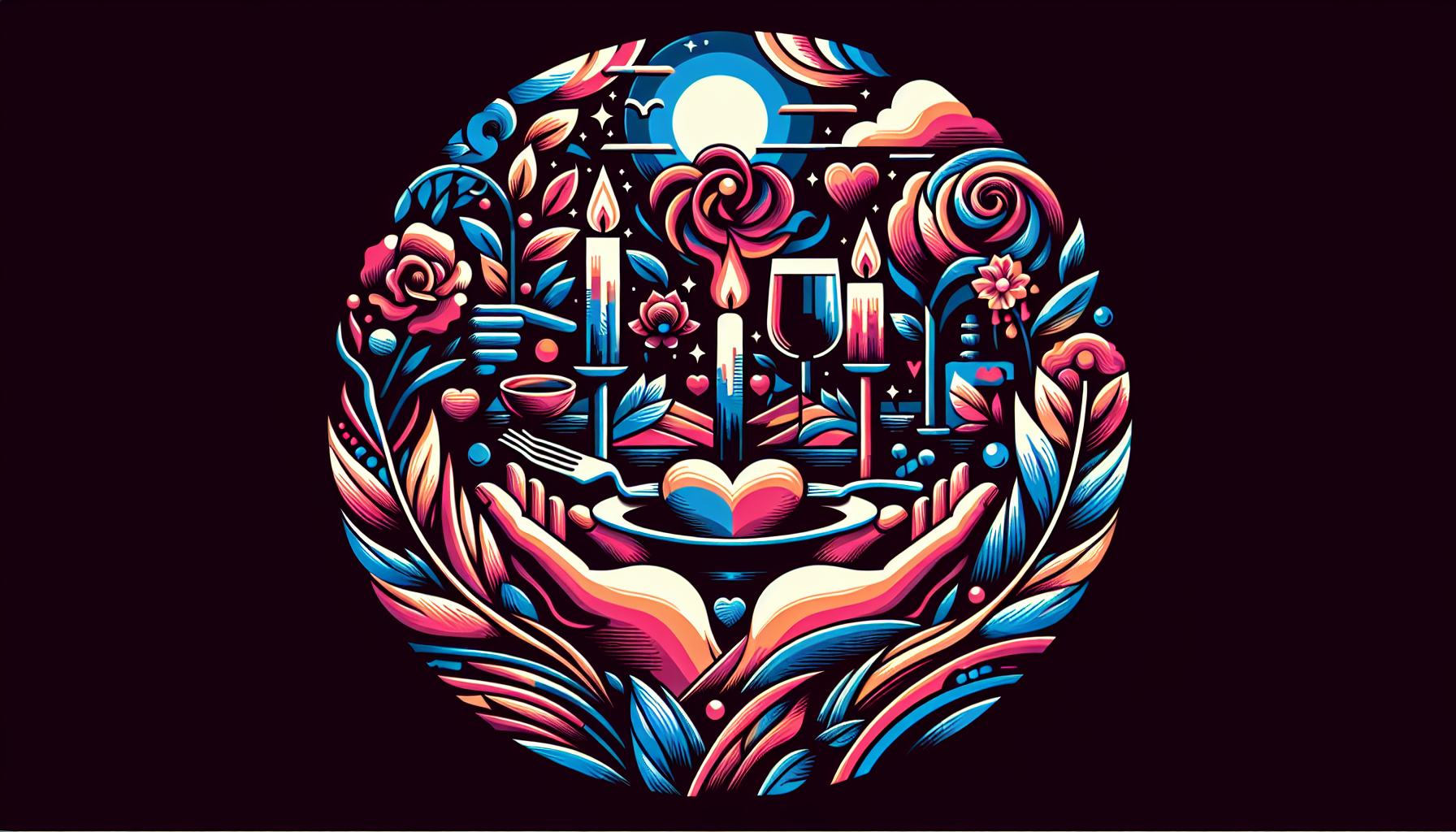
The Essence of Crafting Deep Romance Movies
The creation of deep romance movies is an intricate art that melds raw emotion with the complexities of human connection. These films do more than just tell a love story; they explore the multifaceted layers of passion, vulnerability, conflict, and growth that accompany any profound emotional bond. The challenge for filmmakers is to craft a narrative that resonates on a personal level with audiences while providing a fresh perspective on the timeless theme of love.
Merging Passion with Emotional Layers
To truly engage the viewer, a romance movie must go beyond superficial attraction and delve into the deeper emotional layers that define human relationships. This involves a careful balance between passion and the multitude of feelings that come with it, such as fear, insecurity, joy, and sacrifice. The key is to create relatable characters whose journeys of love mirror the complexities and contradictions of real-life relationships. By doing so, filmmakers can forge a deeper connection with the audience, inviting them to reflect on their own experiences and emotions.
Building Authentic Characters
At the heart of any deep romance movie are characters that feel real and multidimensional. These characters are flawed, full of desires, and have pasts that shape their approach to love and relationships. Screenwriters must craft backstories and personalities that give depth to their characters’ actions and reactions. Through dialogue, expressions, and decisions, the audience should be able to understand the motivations behind the characters’ pursuit of love, making their eventual emotional revelations all the more impactful.
Exploring Emotional Complexity
To capture the essence of deep romance, filmmakers need to explore the emotional complexity that accompanies it. This involves presenting love not just as a source of happiness, but as a catalyst for personal growth, conflict resolution, and sometimes pain. Films that succeed in this endeavor often feature characters navigating through misunderstandings, societal pressures, or personal inhibitions, thereby highlighting the resilience and transformation that love can inspire. These themes should be woven seamlessly into the narrative, allowing the emotion to build organically to a satisfying resolution.
Utilizing Cinematic Techniques
The power of cinema lies in its ability to convey emotion through more than just words. Cinematographers, composers, and directors collaborate to create an atmospheric depth that complements the narrative. The use of lighting, music, and shot composition can greatly enhance the emotional gravity of a scene. For instance, close-ups can capture the vulnerability in a character’s eyes, while a soaring score can underscore the euphoria of love’s highs or the melancholy of its lows. These techniques, when employed thoughtfully, enrich the storytelling and elevate the overall impact of the film.
Conclusion
Creating a deep romance movie is a delicate endeavor that demands more than just a captivating love story. It requires an authentic portrayal of characters, an exploration of the emotional complexities of relationships, and the effective use of cinematic techniques to enhance the narrative. By merging passion with emotional depth, filmmakers can craft experiences that resonate deeply with audiences, reminding them of the transformative power of love. It is in these layers of emotion and human connection that the true essence of a memorable romance film lies.






